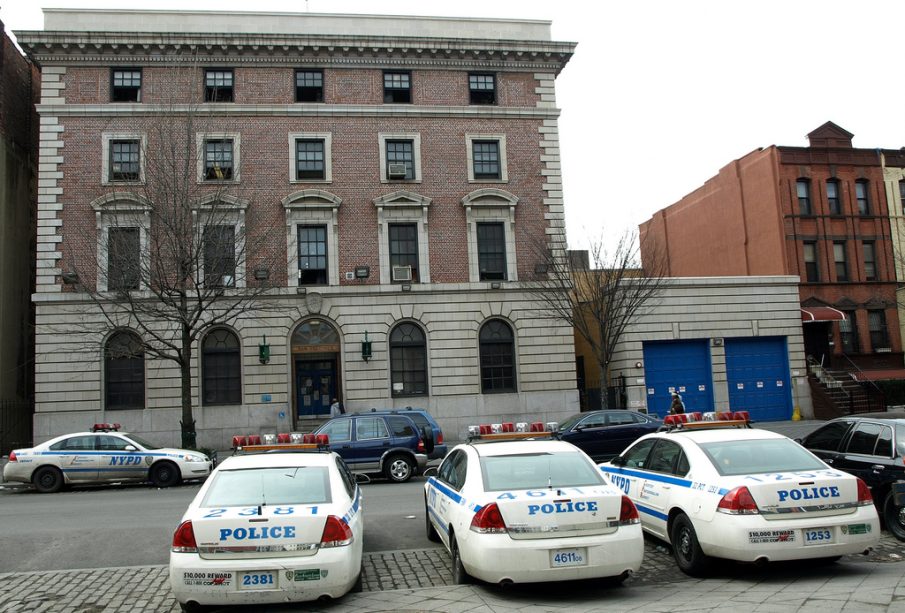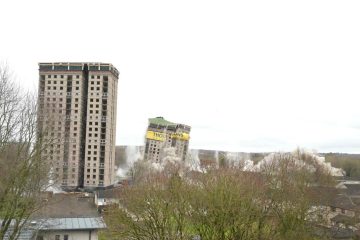The Precinct: Transforming Urban Spaces Across the UK

Introduction
The Precinct, a term increasingly resonating within urban development discussions, refers to designated areas that focus on mixed-use functionalities, fostering community, and encouraging economic activity. The relevance of these spaces has surged as cities strive for eco-friendly solutions and enhanced living standards. This approach is pivotal for local governments and planners as they endeavour to reshape communities amid rapid urbanisation and changing societal needs.
Current Developments
Across the UK, several urban planners and local authorities have initiated projects centered on The Precinct model. For instance, in London, the regeneration of the area around King’s Cross has become a case study in effective precinct development. This area, once rundown, has been transformed into a vibrant hub of mixed-use properties, incorporating residential, commercial, and cultural spaces. Such efforts have not only revitalised the local area but have also significantly boosted the surrounding economy.
Similarly, Manchester is witnessing the emergence of The Precincts strategy in the form of the St. John’s Quarter. This project aims to integrate arts, media, and technology sectors while enhancing social infrastructures such as parks and community centres. With the completion of these developments, city officials anticipate an influx of new businesses while retaining the historical essence of the area.
Community and Economic Impact
The concept of The Precinct is designed to benefit local communities and stimulate economic growth. By creating areas where people can live, work, and play, cities can reduce congestion and promote sustainability. For residents, having amenities near their homes leads to improved quality of life and increased social interaction.
One of the significant advantages of developing The Precinct is its potential to draw investors and businesses to the area. With the integrated concept of mixed-use spaces, retail, and leisure facilities, companies are more likely to establish themselves in areas deemed lively and well-connected. Consequently, as The Precincts grow, they create job opportunities, enhance local services, and lead to increased public investment in infrastructure.
Conclusion
The emergence of The Precinct as a strategy for urban development reflects a shift towards creating inclusive, sustainable, and economically vibrant communities. As cities across the UK harness the potential of these interconnected spaces, we can expect to see notable changes not only in urban landscapes but also in community engagement and local economies. Moving forward, the success of The Precincts will hinge on continued collaboration between stakeholders, including government officials, urban planners, and local residents to ensure these projects meet the evolving needs of urban populations.









